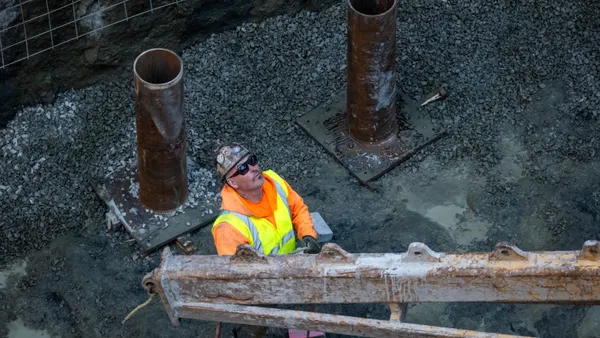Dive Brief:
- With new home construction still not keeping pace with demand and rents continuing to rise, a Harvard University Joint Center for Housing Studies report found that the number of families paying more than one-third of their income on rent increased to 40 million in 2014, The Wall Street Journal reported.
- Low and middle-income families are being priced out of the rental market as the median rent for new units reached $1,381 in 2015, 70% more than overall median rent. In addition,11.4 million households paid more than 50% of their income in rent in 2014.
- Over the last 10 years, the number of renters increased by a record 9 million, resulting in 36% of all U.S. households choosing to rent — the largest percentage since the late 1960s, according to Building Design + Construction.
Dive Insight:
Multifamily starts grew by more than 10% for the last five years, totaling an near-30-year high of 397,300 units, and permits for multifamily projects rose 18.2%. However, developers are increasingly building luxury-type units, so although there is new rental stock, the price points prevent many households from taking advantage of it.
Other takeaways from the report:
- Household formation is back to its pre-recession rate, meaning millennials may soon be entering the housing market in greater numbers.
- The median house size has risen to 2,467 square feet, but the median apartment size has shrunk to 1,074 square feet.
- Homebuilder starts were slightly more than 1 million in 2015, a 10.8% increase from recession-level activity but still not enough to meet demand.
- Only 25% of those who are eligible for public housing assistance receive it.
- The percentage of construction workers over the age of 55 increased 6% from 2007, and an older, retiring workforce increases the chance of future construction labor shortages.
- Countering conventional wisdom, middle-aged households, not millennials, are driving demand for rentals.
- The rise in median income could help first-time buyers enter the housing market, with the exception of the most expensive cities where young adults continue to live with their parents.












